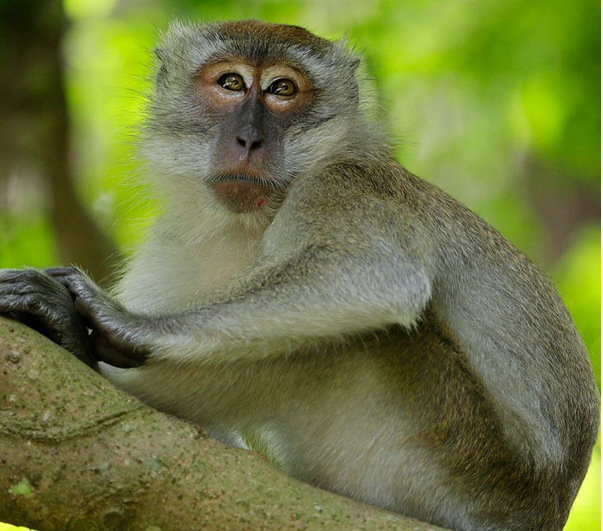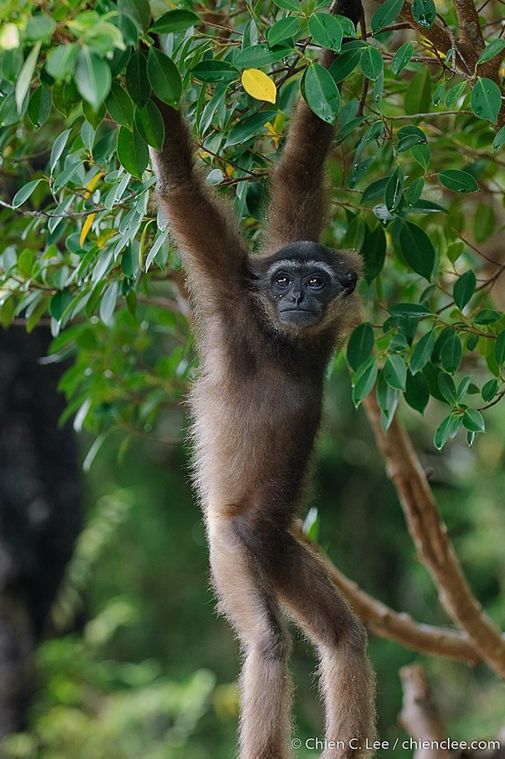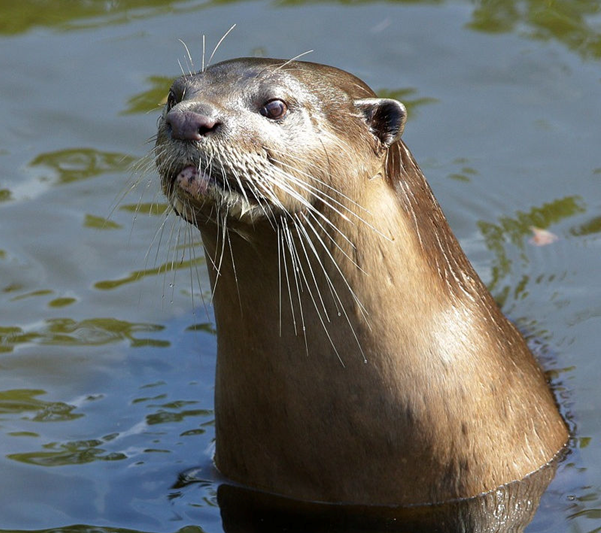Biodiversity
PT Hilton Duta Lestari (HDL) is situated in an area of Kalimantan originally dominated by biodiversity-rich lowland rainforest, mainly mixed dipterocarp forests on hills and sandstone upper lowland forests. The area has a long history of slash-and-burn agriculture which has transformed the landscape into a mosaic of natural forest, mixed “jungle” rubber forests, and other forms of agriculture (for example, rice, oil palm and corn). Recent forest cover and biodiversity assessments (High Conservation Value [HCV] and High Carbon Stock Assessments [HCS]) identified 197.74 ha of HCS forests in the concession boundaries, plus an additional the broader landscape. These ecologically important areas were identified as important for biodiversity conservation based on the presence of natural forests, associated species diversity and areas providing important ecosystem services (for example, riparian buffers and steep sloped areas). Importantly, these areas also provide habitat for rare, threatened, and endangered species (RTE), such as the Sunda pangolin, several primates (slow loris, tarsier, a gibbon and two species of macaque), and several threatened plant species plant species (including ramin wood (Gonystylus bancanus), agarwood (Aquilaria malaccensis) and Dipterocarpaceae species.

Sunda pangolin (Manis javanica) – Critically Endangered on the IUCN Red List of Threatened Species. Photo source: www.ourwildneighbours.sg

Long-tailed macaque (Macaca fascicularis) – Endangered on the IUCN Red List of Threatened Species. Photo source: www.ourwildneighbours.sg

Pig-tailed macaque (Macaca nemestrina) – Endangered on the IUCN Red List of Threatened Species. Photo source: www.wikipedi

Abbott’s Gray Gibbon (Hylobates abbotti ) – Endangered on the IUCN Red List of Threatened Species. Photo source: www.inaturalist.org/observations/66723292www.wikipedia.org

Asian small-clawed otter (Aonyx cinereus) – Vulnerable on the IUCN Red List of Threatened Species. Photo source: www.ourwildneighbours.sg
Despite the presence of remaining pockets of ecological richness in HDL’s concession and the surrounding landscape, the area is not considered a priority area for biodiversity conservation due to the extent of habitat fragmentation. Kalimantan’s remaining Intact Forest Landscapes and Key Biodiversity Areas are not located within or adjacent to the concession. Before HDL began operations in the area, significant portions of the landscape had been fragmented and repurposed for agricultural and plantation ventures. Since 2005, HDL has cleared 4,388 hectares of modified habitats, mainly mixed rubber systems, to establish our palm oil plantation. The area has also been heavily over-hunted, with the combination of hunting and habitat loss leading to the local extinction of many species. Hunting and habitat loss continue to be a major threat to remaining species.
HDL is committed to biodiversity conservation within the concession and across the landscape. We have vowed to protect all of the remaining HCS forests (56 ha) within our concession as well as support the protection of 406 ha of customary forest area as part of three separate community collaborations. In areas where planting should not have taken place (for example, in riparian areas and on steep slopes), we are working towards remediation of these areas. In the broader landscape, we area also pursuing conservation agreements with individual villages that establish protection of HCS forests in each village as a pre-condition for smallholder farmer co-ops to sell their fresh fruit bunches to our mill.
Additionally, HDL is in the process of crafting a tailored HCV-biodiversity management plan to ensure that the biodiversity within our concession is maintained and, where possible, enhanced. Given the modified nature of our baseline habitat, our primary focus remains on working with communities to conserve HCV areas, HCS forests and the rare, threatened and endangered species that remain in the landscape.

